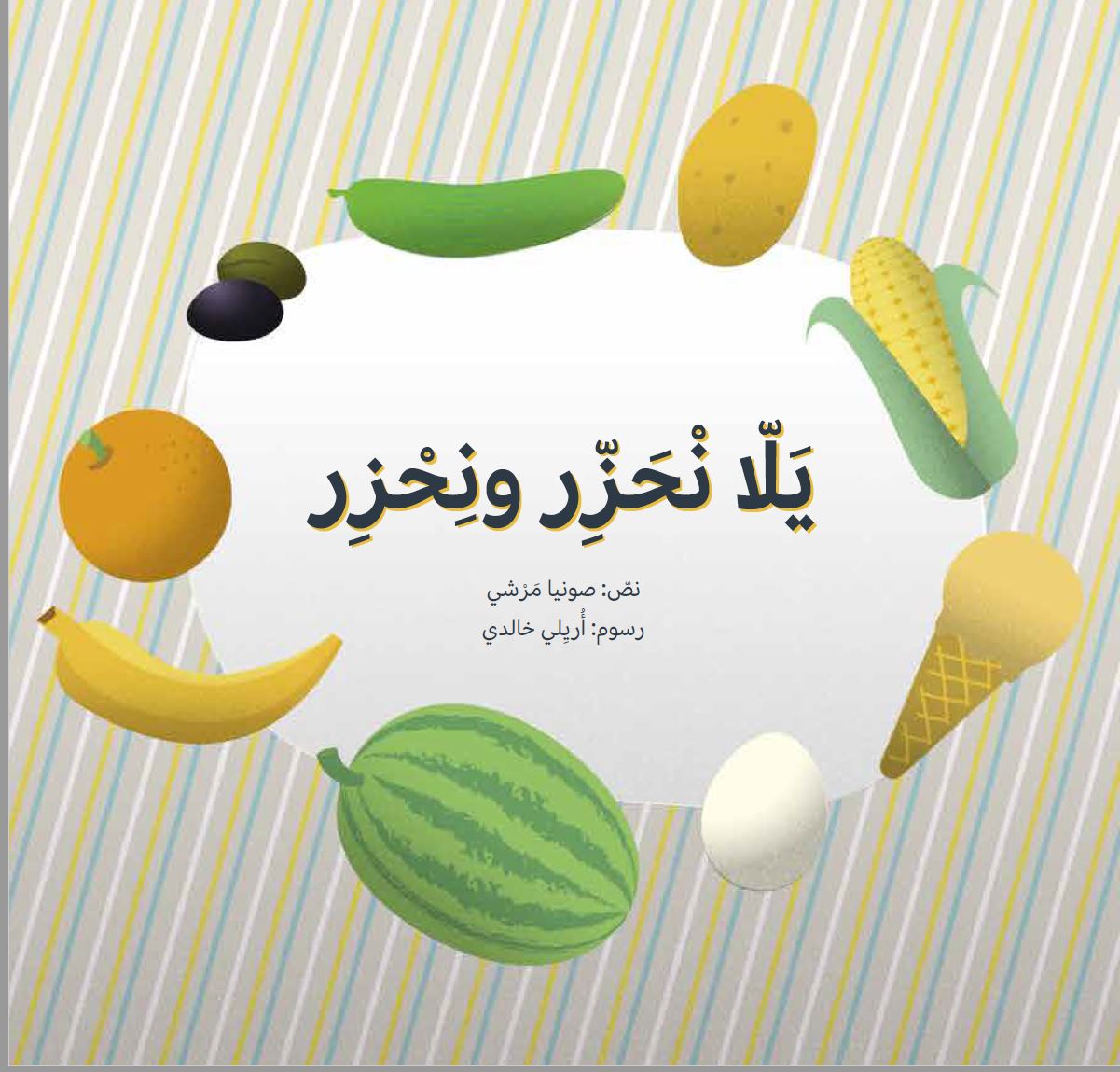
A Cornucopia of Riddles (new)
A collection of riddles in colloquial Arabic about different kinds of vegetables and fruits that are used in well-known Arabic food, such as tabouli. Each riddle offers the child different “clues”” including sensory characteristics of the vegetable/fruit and ways to eat it.



